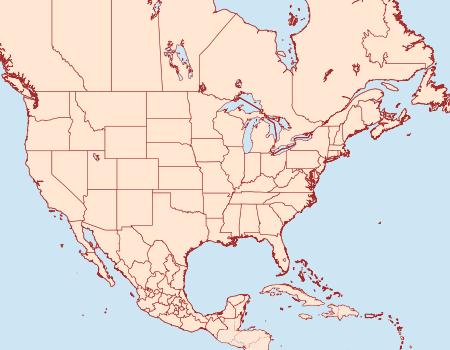
|

Digital Guide to Moth Identification |

|
|
Tortricidae
990223n –
19223 Crocidosema aporema
(Walsingham, 1914)
|
| Photographs are the copyrighted property of each photographer listed. Contact individual photographers for permission to use for any purpose. |
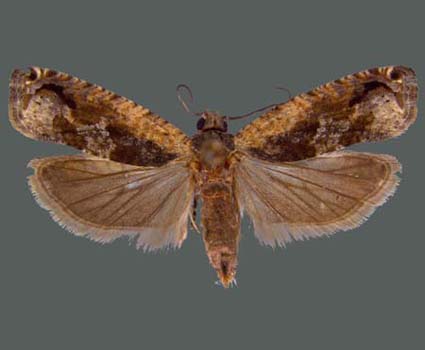
© Christi Jaeger, MEM |
| References (Caution: DNA barcoding at BOLD provides evidence of relatedness, not proof of identification; some BOLD specimens shown may not be sequenced.) |
|
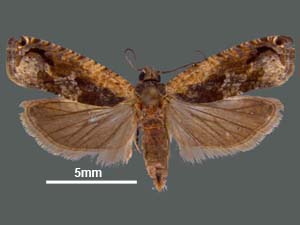 © Christi Jaeger, MEM 
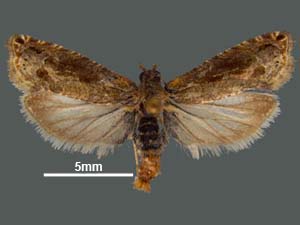 © Christi Jaeger, MEM 
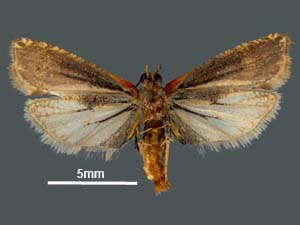 © Christi Jaeger, MEM  underside underside
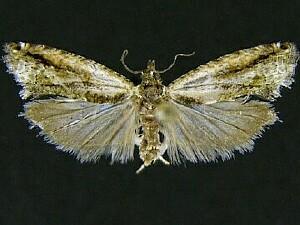 15mm – © U. S. National Museum 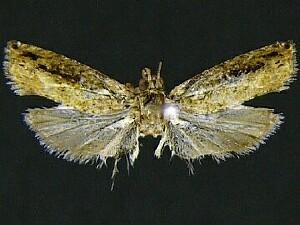  - 11mm – © U. S. National Museum - 11mm – © U. S. National Museum
|
Moth Photographers Group at the Mississippi Entomological Museum at the Mississippi State University
Send suggestions, or submit photographs to Webmaster — Moth Photographers Group
Database design and scripting support provided by Mike Boone

